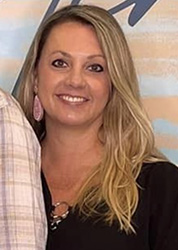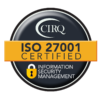I Have a Voice that Deserves to be Heard.
Are you a patient or caregiver with something to say?
Make your voice heard by participating in paid surveys, interviews, and online communities!
Sign up and start talking to the right people. It’s free, and we accept rare and non-rare diagnoses!
or
Already a member?
Update your profile here!
Learn about our Referral Program for individuals and advocacy groups.
In addition to the US, we also recruit patients and caregivers for studies in Canada, the UK, Germany, France, Italy, Spain, Australia,
and New Zealand! Click here to visit the RPV global site.
We provide patients and caregivers the chance to voice their opinions
Rare Patient Voice connects patients and caregivers with the opportunity to voice their opinions through surveys and interviews to improve medical products and services.
Wes Michael, President and Founder of Rare Patient Voice, has been involved in rare and orphan diseases since 1998, interviewing and surveying patients, caregivers, physicians, nurses and advocacy leaders. Wes has more than 40 years experience in marketing research, and more than 20 years in healthcare marketing research.
- For patients and family caregivers —we provide study opportunities to voice their opinions on medical products and services while getting paid for their time. Sign up here.
- For patient advocacy groups —we partner with advocacy and support groups to increase donations.
- For market research firms —we handle patient recruitment and help find the respondents and patient panels needed for marketing research.
- For pharmaceutical and biotech companies —we provide the respondents and patient communities required to support business insight needs and all types of research studies.
Sharing My Voice
Interested in sharing your story through a video recording? Sign up here.
Click the arrow to advance to more videos!
Why Sign Up with RPV?
Provide your input to improve products and services.
Help companies and researchers focus more on your disease.
Earn rewards for participating in interviews and surveys.
What are you waiting for? SIGN UP NOW!
Already a member? UPDATE YOUR PROFILE!
Patient Blog Posts
Client Blog Posts
Come and Listen with Wes Michael
RPV Founder and President often likes to express himself through song! Today he shares a new rendition of an old ditty, now about the Rare Patient Voice experience.
Weekly Warrior: Meet Haley
Our latest Weekly Warrior is Haley, who has been living with a sleep disorder since she was eight years-old. Her road to a diagnosis was long, and Haley was … READ MORE
Meet Our Team! Molly Mackey, Assistant Project Manager
Molly Mackey joined Rare Patient Voice in 2022 and currently works for the company as an Assistant Project Manager. She graduated in 1999 from the University of North Alabama, earning a … READ MORE
Come and Listen with Wes Michael
RPV Founder and President often likes to express himself through song! Today he shares a new rendition of an old ditty, now about the Rare Patient Voice experience.





















